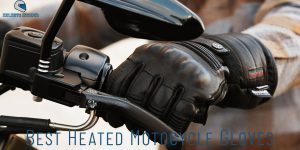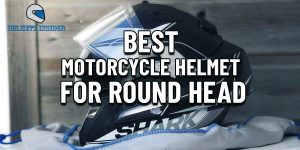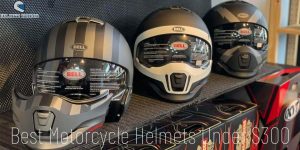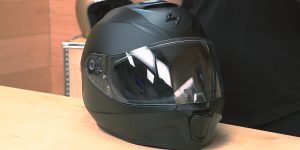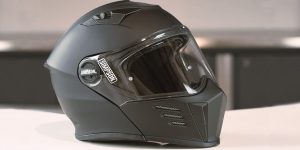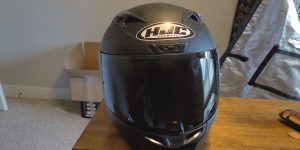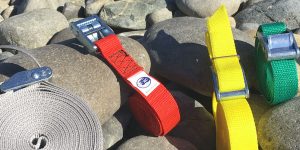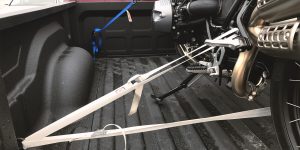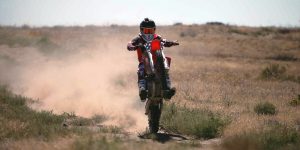Long-distance motorcycle riding has always been popular not only among avid bikers but also among ordinary fans. Many riders prefer traveling on their bikes rather than in cars because of the unique and incredible experiences. Motorbike travel provides a sense of freedom and adventure that is hard to match. Imagine feeling the wind in your hair and a sense of speed as you ride down the open road with nothing but adventure and new possibilities ahead. Sounds awesome, right?
Bikes are also more fuel-efficient and maneuverable than cars, making them an excellent choice for exploring remote areas and navigating through traffic. Also, many riders enjoy the community and camaraderie that comes with motorcycle travel, allowing them to connect with like-minded individuals and share their experiences.
Mapping your adventure: a guide to planning your long distance motorcycle ride
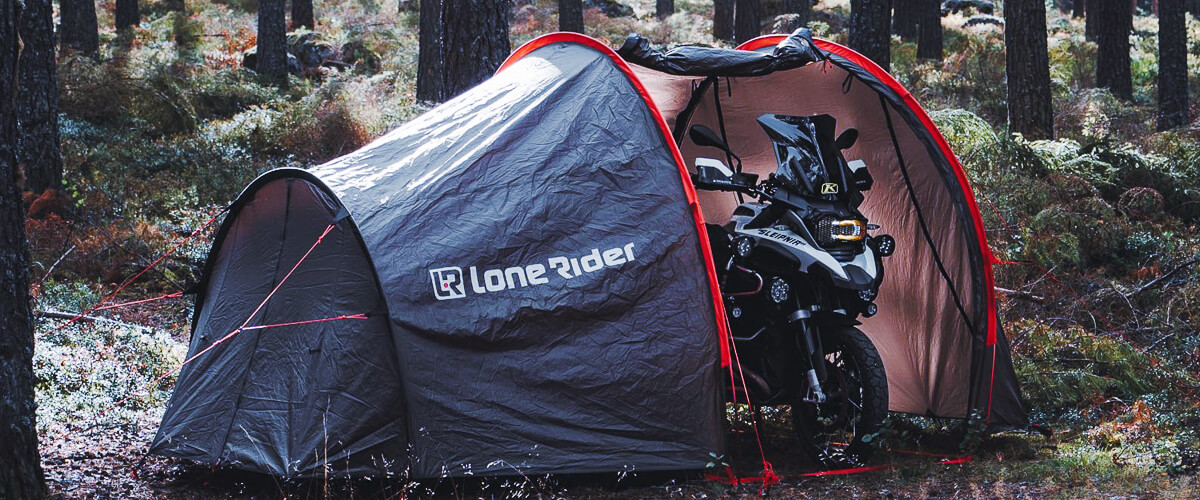
Long-distance motorcycle touring can be exciting and fulfilling, but they require careful planning to ensure a safe and successful journey. I have traveled a lot in America, Mexico, Canada, and other countries, and my experience will be useful not only for beginners but also for experienced riders. So let me share with you the key steps to consider in your motorcycle touring preparation:
Choose your destination
To begin with, when selecting your destination, remember the distance you’re willing to travel, the type of terrain you have to travel, and the weather patterns you might encounter along the way. Do you want to ride along scenic coastal highways or through the rugged mountains? Are you seeking adventure in the great outdoors or a taste of city life?
It’s also important to assess your riding skills and the capabilities of your motorbike to ensure that your chosen route is safe and suitable. Whether you’re a seasoned rider looking for a challenge or a beginner seeking a leisurely ride, you must pay close attention to planning. So start planning, and get ready for new adventures!
Plan your route
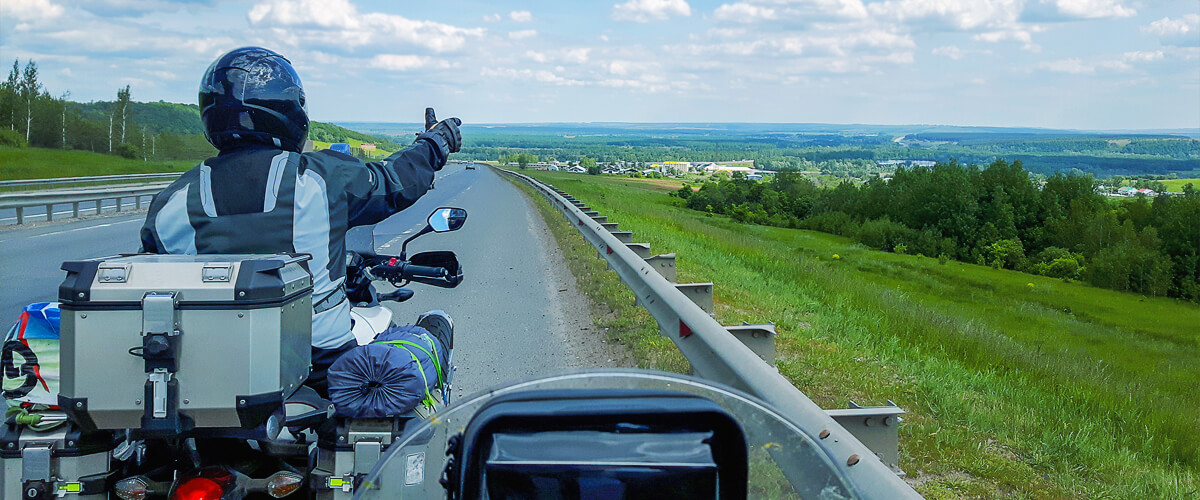
Once you’ve chosen your destination, take the time to plan your route carefully. There are several tools you can use to help you plan, such as Google Maps or a GPS device, which can help you map out your journey and identify important stops along the way, such as rest areas or gas stations.
It’s also a good idea to consider alternative routes in case of route closures or unexpected obstacles. By planning ahead, you can ensure that your trip goes smoothly and that you don’t miss out on any must-see sights or experiences.
Additionally, having a well-planned route will allow you to focus on the journey rather than worrying about getting lost or running out of gas.
Schedule your stops
I know from my own experience that long-distance motorcycling can be physically and mentally exhausting, which is why it’s important to plan regular rest stops along the way. Add to your touring plan breaks to stretch your legs, hydrate, and eat. Of course, the number and duration of your stops will depend on the distance of your ride, but a general rule of thumb is to take a break every 100 miles or every two hours of riding.
These breaks not only give you a chance to rest and recharge but also allow you to take in the scenery and explore new areas. Moreover, taking breaks can help prevent fatigue and improve your overall safety on the road. So don’t underestimate the importance of regular rest stops, and make sure to plan them for your distant motorcycle ride.
Choose the right time of day
Try to choose the right time of day or year to hit the road. If possible, avoid riding during rush hour or dark hours, when visibility can be reduced. In addition to that, if you’re riding during the summer months, it’s important to plan your route in a way that avoids the hottest parts of the day.
Riding during the middle of the day can lead to dehydration and fatigue, which can be dangerous on the route. Instead, consider starting your ride early in the morning or later in the afternoon when temperatures are cooler. Alternatively, you can plan your route to include stops in shaded areas or near bodies of water, which can help you stay cool and refreshed.
Check the weather
I remind you that before hitting the road, check the weather forecast for your planned route. Avoid riding in extreme weather conditions, such as heavy rain or snow, as these can make the roads slippery and increase the risk of accidents. If the forecast looks unfavorable, consider postponing your trip or choosing an alternative route.
Riding in inclement weather not only makes for an unpleasant experience, but it can also be dangerous. Reduced visibility and unpredictable route conditions can make navigating difficult and increase the risk of collisions.
The art of packing for your long-distance ride
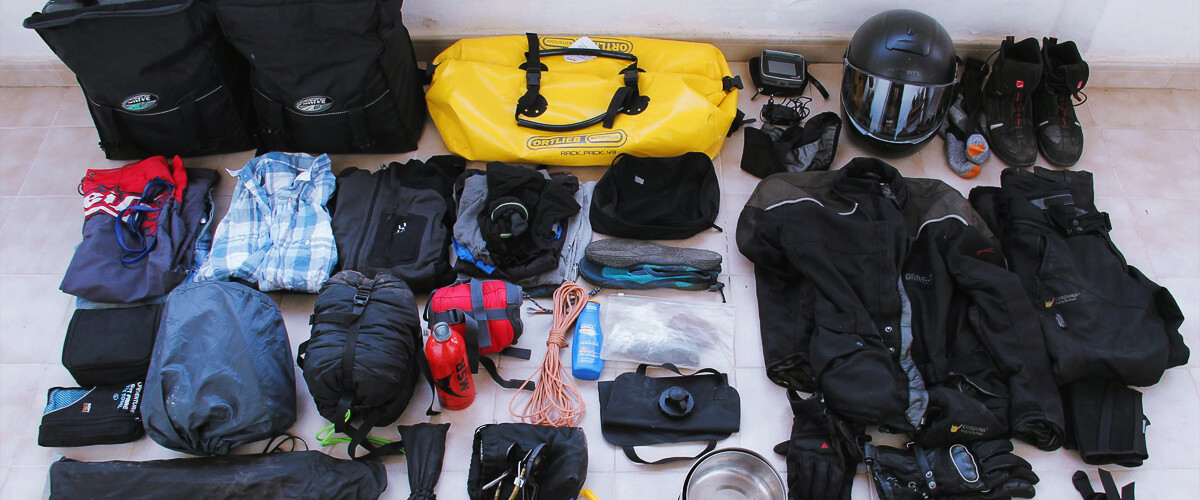
Embarking on a long motorcycle trip requires careful consideration when it comes to packing. Do you want to be sure that you have taken everything you need for the trip and, at the same time, did not overload the motorcycle? So, let’s get started and master the art of packing for distant motorbike travel!
Clothing
Consider packing the right clothing for a long-distance motorcycle trip. But beware: pack appropriate clothing for the weather and terrain you’ll be riding through.
Don’t forget to pack clothing that is comfortable for riding, such as lightweight and breathable materials that won’t chafe or restrict movement. Moreover, pack enough underwear and socks to last for the duration of your trip.
Essential gear
Ensuring that you have all the necessary gear for a safe and comfortable ride is paramount for motorbike travel. This includes an approved DOT helmet, eye protection, and riding gear like a jacket, pants, and boots. In addition, investing in quality gear that provides adequate protection in case of a fall or collision is important.
Also, don’t forget a first aid kit, a tool kit, and a tire repair kit in case of unforeseen circumstances. If for a short trip, this is not important, then for a long trip, it can be crucial.
Documentation
When packing for a distant motorcycle trip, it’s easy to get caught up in the excitement of the adventure and forget about the essential paperwork that you’ll need on the road. Don’t forget to bring all necessary documents, such as your driver’s license, registration, and insurance. Consider storing these documents in a waterproof bag or pouch to protect them from rain or other environmental factors. You also can consider tank bag for motorcycle.
Having the proper documentation with you at all times is not only a legal requirement but also provides peace of mind and can help you avoid potential problems with law enforcement or other officials on the road.
Snacks and hydration
Packing snacks and water can help ensure that you have the energy and hydration, you need to make it to your destination safely and comfortably. Consider bringing energy bars, nuts, and dried fruits that provide a quick boost of energy without taking up too much space in your luggage.
Maintaining proper hydration is also essential for staying alert and focused on the road, especially on hot days or during prolonged periods of riding. Make sure to pack enough water to last for the duration of your trip, and plan for regular stops to refill your water bottles or hydration pack.
First-aid kit
A properly stocked first-aid kit is an important part of any motorcycle trip. It can make all the difference in an emergency or when dealing with medical issues. But what exactly constitutes a properly stocked first aid kit for a motorbike trip? Let’s look at it in detail.
Here is a list of items that should be included in your first aid kit for a motorcycle trip:
| Item | Use | Importance |
|---|---|---|
| Bandages and gauze | To dress and cover wounds | Essential |
| Antiseptic wipes and ointment | To clean and disinfect wounds | Essential |
| Ibuprofen or other pain relievers | To manage pain and inflammation | Essential |
| Emergency blanket | To keep warm in case of exposure | Recommended |
| Tweezers | To remove splinters or debris | Recommended |
| Scissors | To cut bandages or clothing | Recommended |
| Gloves | To protect your hands during treatment | Recommended |
| Instant cold compress | To reduce swelling or inflammation | Recommended |
| Sam splint | To stabilize fractures or sprains | Optional |
| Tourniquet | To control severe bleeding | Optional |
And don’t forget that while some items may be optional, it’s better to be prepared and have them on hand in case of an emergency. It’s also a good idea to familiarize yourself with how to use the items in your first aid kit, as well as any specific medical needs or conditions that you or your traveling companions may have.
Get your bike prepared for long-distance riding
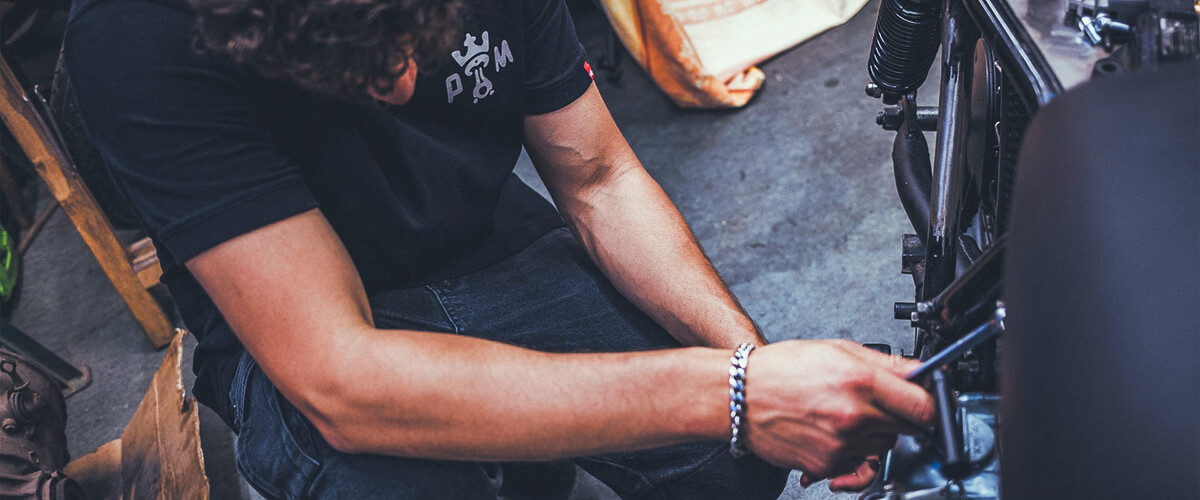
Long-distance motorcycle trips can put a lot of wear and tear on your bike, so be sure it’s in good condition before hitting the road. So check these few tips on how to prepare your motorbike for a distant trip:
| Checklist Item | Description |
|---|---|
| Check your tires | Ensure your tires have sufficient tread and are inflated to the recommended pressure. Check for any signs of wear, such as cracks or bulges, and replace any worn-out tires before your trip. |
| Inspect your brakes | Check your brake pads, rotors, and calipers to ensure they’re in good condition. Test your brakes to ensure they work properly, and adjust them if necessary. |
| Check your lights | Make sure all your lights are working properly, including your headlight, taillight, and turn signals. Check that the bulbs are in good condition and replace any that are burned out. |
| Test your battery | Test your battery to make sure it’s holding a charge, and replace it if necessary. A dead battery can leave you stranded on the road, so it’s important to ensure it’s in good condition. |
| Change your oil and filter | Make sure your oil is clean and fresh and your oil filter is replaced. This will help ensure your engine runs smoothly and efficiently on your trip. |
| Inspect your chain and sprockets | Check your chain for any signs of wear, such as rust or kinks. Ensure the chain is properly lubricated, and check your sprockets for any signs of wear or damage. |
| Test your suspension | Test your suspension to see whether it works properly, and adjust it if necessary. This will help ensure a smooth and comfortable ride on your trip. |
| Consider additional accessories | Depending on your destination and terrain, you may need to consider additional accessories such as a windshield, luggage rack, or crash bars. These accessories can improve your comfort and safety on your ride. |
Making sure your motorcycle is properly maintained can help prevent breakdowns and ensure a safe and enjoyable trip. So don’t neglect these essential preparations before hitting the road.
Non-obvious tips for long motorcycle trips
All the tips above were just the tip of the iceberg. Some non-obvious tips can help make your journey safer, more comfortable, and more enjoyable:
- Use a hydration backpack: Instead of constantly stopping for water breaks, invest in a hydration backpack to keep you hydrated on the go.
- Bring a portable power bank: Keep your phone and other electronic devices charged and ready to use with a portable power bank. This is especially useful if you plan to use your phone for navigation.
- Pack a bungee net: A bungee net can be a lifesaver when it comes to securing your luggage and gear for your motorbike. It’s also lightweight and easy to pack.
- Bring a reusable water bottle: Reduce your environmental impact and save money by bringing a reusable water bottle instead of buying disposable plastic bottles.
- Wear a cooling vest: If you’re riding in hot weather, a cooling vest can help regulate your body temperature and keep you comfortable on the route.
- Pack a small tool kit: Don’t let a mechanical issue ruin your trip. Pack a small tool kit with basic tools and spare parts like fuses, bulbs, and a tire repair kit.
- Bring a portable air compressor: Keep your tires properly inflated and avoid the hassle of finding a gas station with a working air pump by bringing a portable air compressor.
- Wear high-visibility gear: Make yourself more visible to other motorists by wearing brightly colored or reflective gear. This is especially important if you plan to ride at night.
- Bring a microfiber towel: To have the opportunity to clean your bike or wipe down your gear, it’ll be great to get a small towel on your riding trip.
- Pack a spare set of earplugs: Earplugs can help protect your hearing during long rides, but they can also be easily lost or misplaced.
- Bring cash and change: While many businesses now accept credit cards, it’s always a good idea to bring some cash and change with you. This will help ensure that you can pay for tolls, parking, and other expenses that may require cash.
By following my tips and tricks, you’ll be able to hit the road confidently, knowing you’re prepared for whatever the journey may bring.
FAQ
Do I need a specific type of motorcycle for long-distance riding?
No, you don’t necessarily need a specific type of motorbike for long-distance riding, but some models may be better suited than others. Generally, touring bikes, adventure bikes, and sports touring bikes are the most popular choices for long-distance riding due to their comfort, storage capacity, and ability to handle different types of terrain.
How often should I take breaks during a long-distance ride?
It’s recommended that you take breaks every 100 miles or every two hours of riding to avoid fatigue and maintain alertness. However, the frequency and duration of breaks will depend on individual preferences and the ride conditions.
Can I bring a passenger on a long-distance ride?
Yes, you can bring a passenger on a distant ride. Still, it’s important to ensure that your motorcycle is equipped to handle the extra weight and that your passenger is comfortable and properly outfitted with appropriate gear.
What are some common mistakes to avoid during a long-distance motorcycle ride?
Some common mistakes to avoid during a long-distance motorcycle ride include failing to plan adequately, not taking breaks or ignoring signs of fatigue, wearing inappropriate gear, and not properly maintaining your motorbike before and during the trip. It’s important to be prepared, take your time, and prioritize safety during your distant ride.


